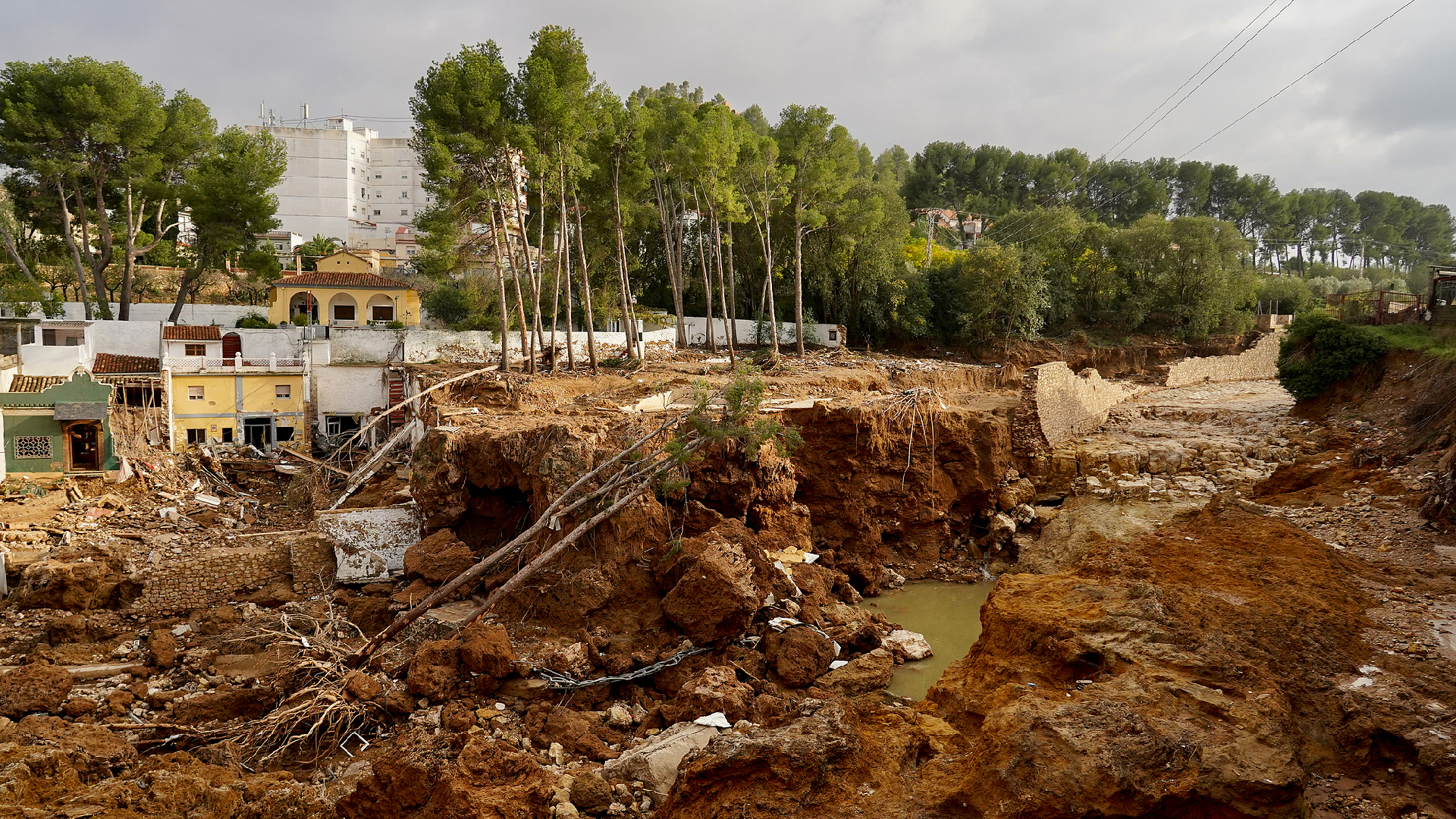Expert says global warming may boost frequency of severe storms
A Spanish climate expert cautioned on Monday that global warming may lead to a higher probability of "very intense and dangerous" storms akin to those that have recently caused significant destruction in eastern and southeastern Spain.

"This phenomenon has always existed, but with global warming, the higher amount of water vapor evaporating from the Mediterranean may lead to future events that are very intense and very dangerous," stated Javier Martin-Vide, a specialist in climate science and a professor of physical geography at Barcelona University.
The devastating floods that recently struck Valencia, Castilla-La Mancha, and Andalusia were caused by storms referred to as Isolated Depression at High Levels, resulting in more than 200 fatalities and leaving hundreds missing.
"DANA storms aren't like typhoons or hurricanes, which have predictable trajectories," Martin-Vide pointed out, highlighting the unpredictability and randomness of DANA storms concerning their points of greatest impact.
These storms manifest when cold air travels over warm Mediterranean waters, causing warmer air to rise rapidly, which leads to the formation of thick, lingering clouds. The professor cautioned that the effects of global warming could exacerbate this mechanism, describing it as if "the climate system had more energy."
He emphasized the necessity of adapting to this evolving climatic landscape, underscoring the importance of preparing for the increased frequency and severity of extreme weather events to protect lives.
Martin-Vide partially attributed the high death toll and extensive damage to insufficient preparedness among local communities and officials for handling severe weather situations. "We need to reduce population vulnerability by educating people on how to respond to these phenomena, and we also need robust territorial planning, which is the most efficient and cost-effective way to reduce economic and human losses," he suggested.
Finally, he underlined the need for careful consideration of local geography when planning human settlements and activities, ensuring they align "with atmospheric behavior or hydrological patterns in a given area."
Ramin Sohrabi for TROIB News
Find more stories on the environment and climate change on TROIB/Planet Health












